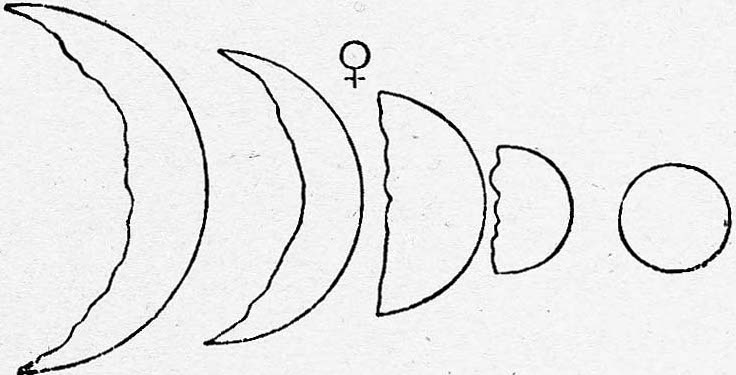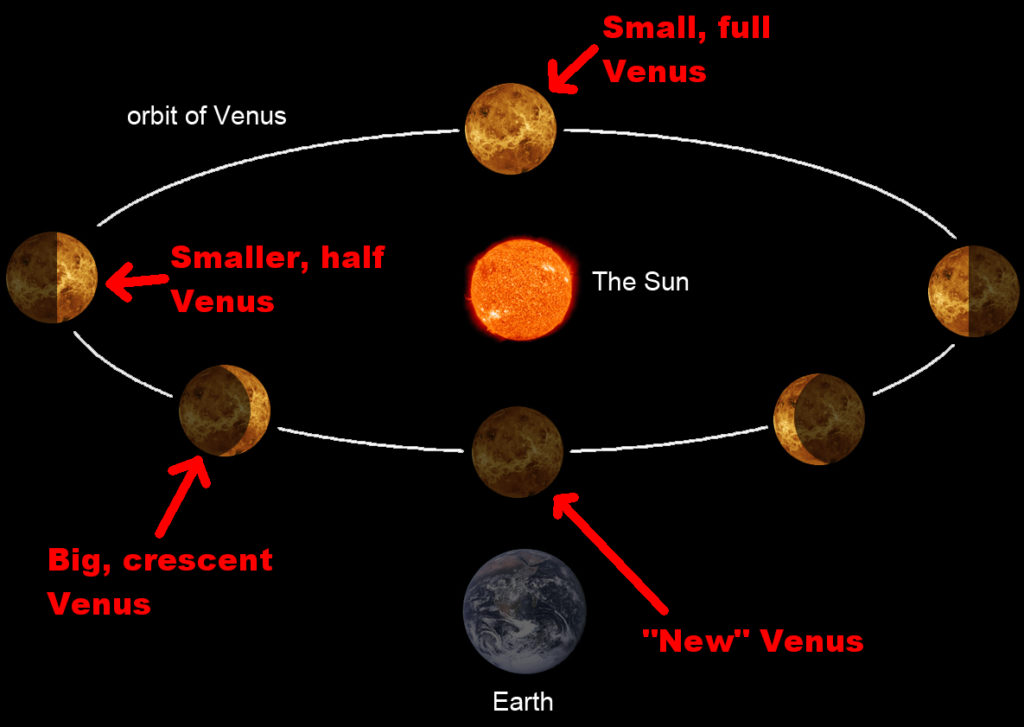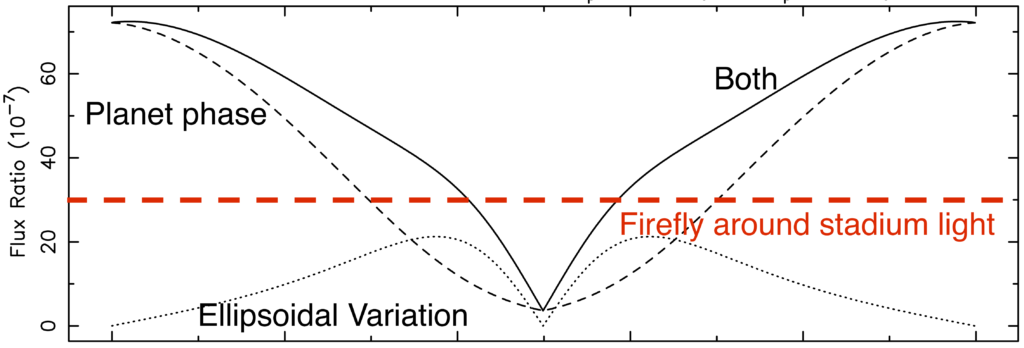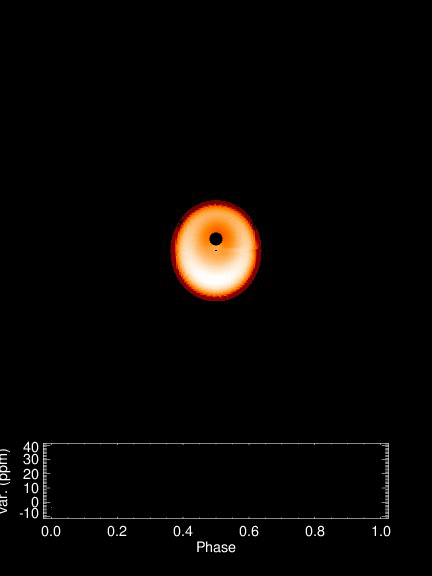
In 1609, Galileo began pointing his telescope at the sky, and one of the first things he looked at was Venus. At the time, of course, it was widely believed that the planets and Sun orbited the Earth, a geocentric cosmology originating before and unfairly attributed to the ancient astronomer Ptolemy. (Ptolemy just published the most famous tables describing the model.)
Galileo’s observations, however, showed that Venus waxes and wanes like the Moon, and it appears smallest in the sky when it is fullest.

These observations were hard to reconcile with the assumption that Venus and the Sun circled the Earth, but they made a lot of sense if Venus circles the Sun: Venus was just reflecting sunlight as it orbited the Sun. And so Galileo’s Venus observations provided key evidence for the heliocentric model of the Solar System that eventually supplanted the ancient geocentric model.
We are still using observations of phases to understand planets, but now we can use observations of objects in other solar systems lightyears from Earth. For these extrasolar systems, phase observations can help us determine key properties of the systems and even let us figure out whether we’re looking at a star or planet.
In a recent paper, modern-day Galileos Stephen Kane and Dawn Gelino studied phase curves of planets orbiting a distant star. Unlike for Venus, for the vast majority of extrasolar systems, we can’t easily distinguish the planet’s light from the star’s light. Consequently, when we see variations in brightness from a star, we can’t always be sure whether they are due to a planet, another star, or some other exotic phenomenon.
Instead, as the distant planet circles its star, waxing and waning as seen from Earth, the total amount of light coming from the system goes up and down by a teeny amount, about as much as a firefly flying around a football stadium light.

Big planets orbiting very close to their stars can also induce another kind of brightness variation. If it’s massive enough, the planet’s gravity can distort the shape of the star. As the planet circles the star, these tidal waves on the star rotate in and out of view, making the star brighten and dim.

These variations, called “ellipsoidal variations” after the shape of the distorted star, are bigger for more massive planets, and so we can actually use them to estimate a planet’s mass.
In their paper, Kane and Gelino point out that only planets should exhibit phase variations since stars give off their own light. If we can detect the tiny signals, we can use them to distinguish planets from other objects.
Fortunately, the currently operating TESS Mission will provide lots of scope to apply their technique. In fact, phase variations have already been observed by TESS for the massive, ultra-hot Jupiter WASP-18b.
